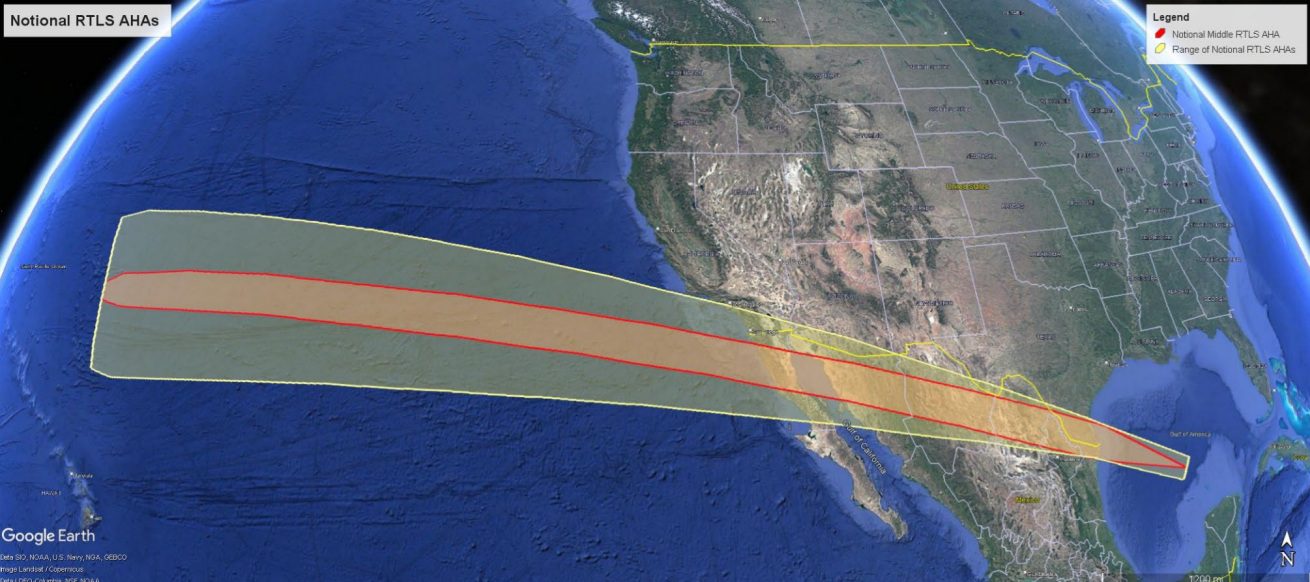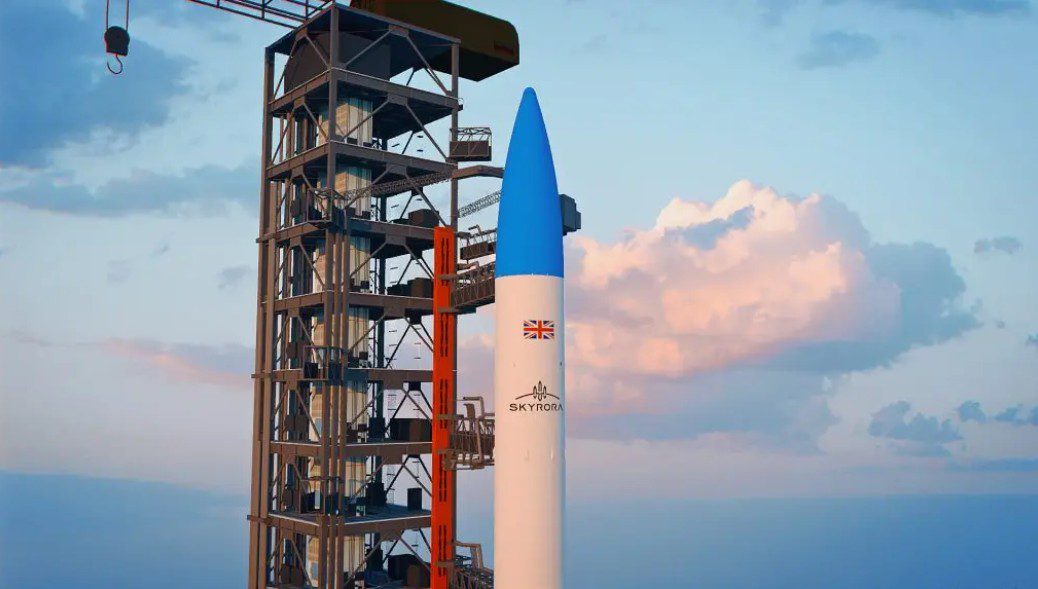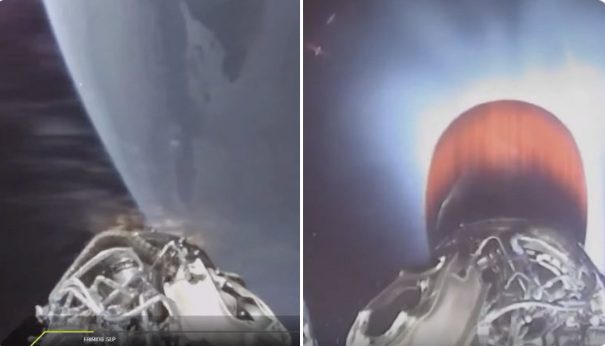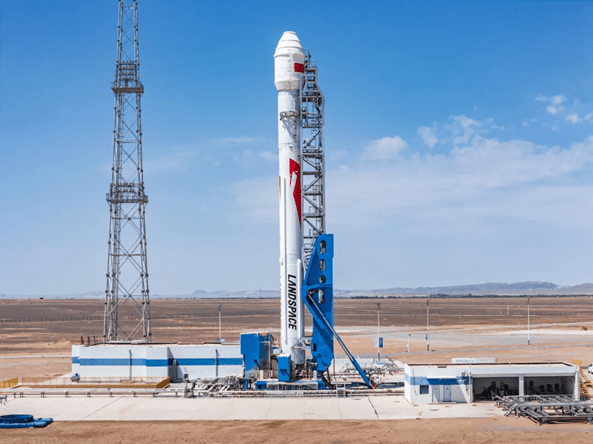At 1200 GMT on 25 June 2016, the new Wenchang launch base on Hainan Island became fully operational after China’s latest rocket, the Long March 7 (CZ-7), was successfully launched.
The 53.1m long rocket, part of the Long March 5, 6 and 7 family, employed a first stage and boosters powered by YF-100 liquid oxygen (LOx)/kerosene powered rocket engines, each with a sea-level thrust of 1199 kN. Six of these were used for lift-off, two on Long March 7’s first stage and one each on strap-on boosters. The second stage had four YF-115 engines burning the same propellants with a vacuum thrust of 176.5 kN.
The YZ-1A (Yuanzheng 1A) upper stage then made several burns as it deployed the small satellites aboard. The stage made a deorbit burn on 26 June to test the re-entry craft – the DFF – to prove that the vehicle shape and thermal protection system are suitable for a new Apollo-like design of manned spacecraft.
The small spacecraft carried included: Aoxiang Zhixing – a 12 U cubesat, Ao Long 1 – a space debris removal experimental satellite, and Tiange Feixingqi 1 and 2 – a pair of data relay test spacecraft. A short refuelling test was also carried out on the YZ-1A upper stage.








